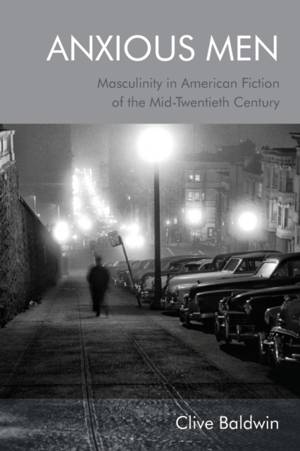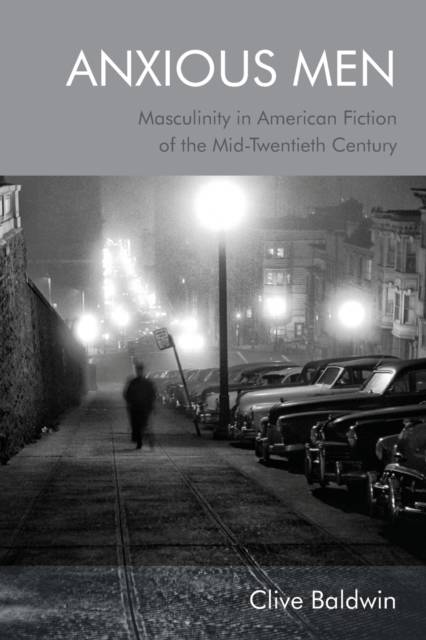
- Retrait gratuit dans votre magasin Club
- 7.000.000 titres dans notre catalogue
- Payer en toute sécurité
- Toujours un magasin près de chez vous
- Retrait gratuit dans votre magasin Club
- 7.000.000 titres dans notre catalogue
- Payer en toute sécurité
- Toujours un magasin près de chez vous
Anxious Men
Masculinity in American Fiction of the Mid-Twentieth Century
Clive BaldwinDescription
Explores representations of men and masculinity in American fiction published after the Second World War
Offers readings of a wide selection of postwar American novels from 1945 to the mid-1950s, including canonical works, from the unique perspective of their representation of male identityProvides rich comparative insights through analysis of fiction by writers of diverse race, class and sexualityDemonstrates how gender theory generates insights into the constitution of American masculinity in fiction
Focusing on a complex and contentious period that was formative in shaping American society and culture in the twentieth century, this book sheds new light on the ways in which fiction engaged with contemporary notions of masculinity. It draws on gender theory and analysis of writers from diverse backgrounds of race, class and sexuality to provide rich comparative insights into the constitution of American masculinity in fiction. The extensive range of novels considered includes fresh analyses of key authors such as James Baldwin, Truman Capote, Patricia Highsmith, Jack Kerouac, Norman Mailer, Ann Petry, J. D. Salinger and Gore Vidal.
Spécifications
Parties prenantes
- Auteur(s) :
- Editeur:
Contenu
- Nombre de pages :
- 272
- Langue:
- Anglais
Caractéristiques
- EAN:
- 9781474494892
- Date de parution :
- 03-03-22
- Format:
- Livre broché
- Format numérique:
- Trade paperback (VS)
- Dimensions :
- 156 mm x 234 mm
- Poids :
- 385 g







